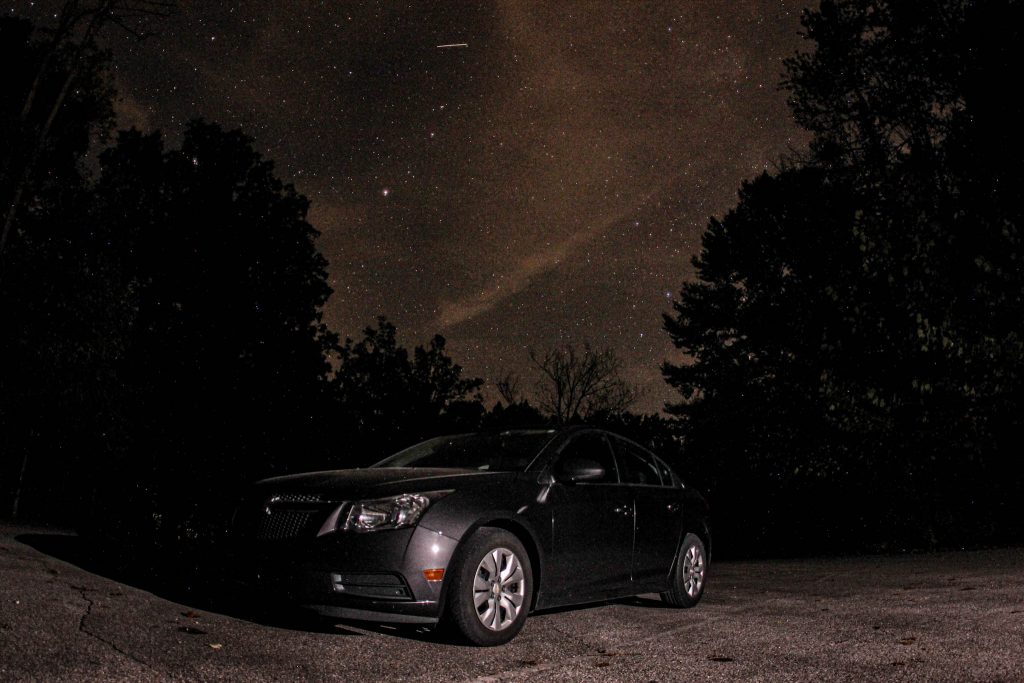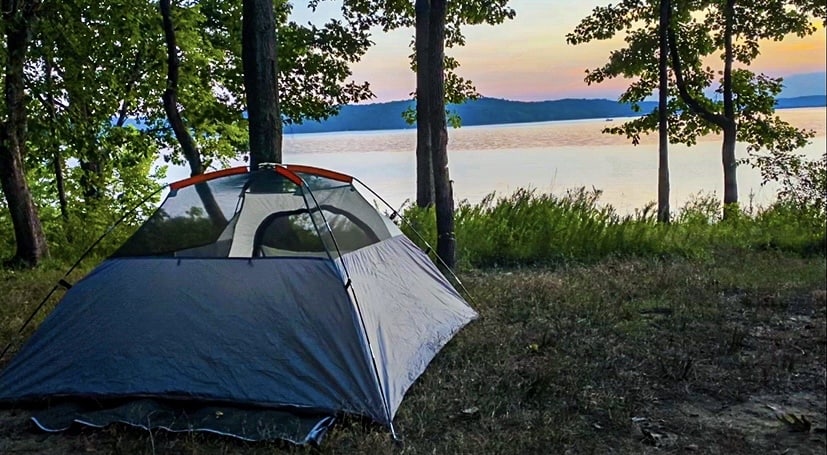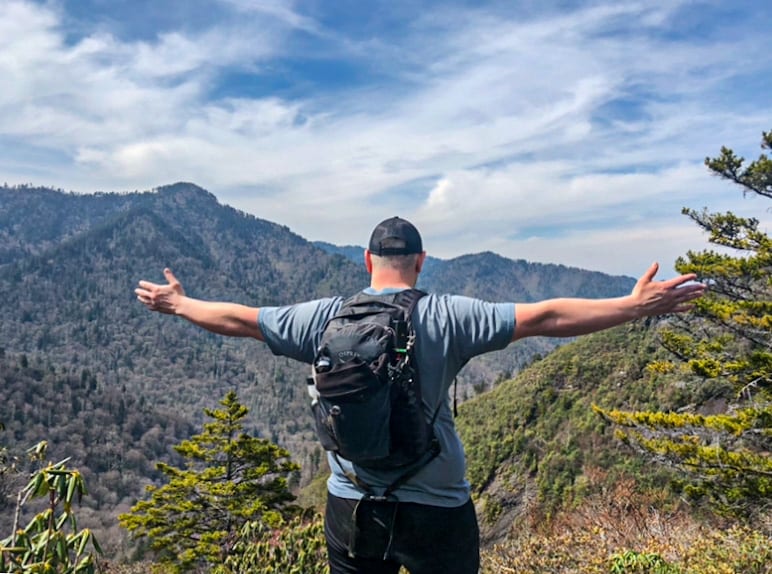Coming from someone who has dealt with back pain for the majority of my adult life. I know a few things about just dealing with the pain. Growing up as an athlete in school and getting into Xtreme sports such as freestyle BMX, getting injured was part of the game. Going through countless chiropractors and massage therapists, just the thought of hiking and camping makes my backache. I’ve had to make adjustments to gear and the way that gear is being used.
Please Note: Consult a physician before taking any advice. This site is not responsible for any injury.
Car Camping

Car camping is one of the most popular styles of camping. Whether it’s pulling to a campsite and throwing up a tent, or sleeping in your car or RV. While car camping you can pack more gear than you could if you were going backpacking so why not utilize it. In this case, packing a good thick air mattress should be the main focus with any back pain.
Starting your day with back pain is the worst way to start any day, especially when on a camping trip where you are trying to relax. Taking an extra pillow is great too in case you want to elevate your feet or put it in between your legs. If you don’t want to pack a full-size pillow look into small inflatable backpacking pillows.
Hammock Camping
I was always intimidated by hammock camping at first. Not knowing how to properly hang a hammock to get the correct angle. Also just trying to find trees a good distance away to hang a hammock in general. The more I went out for an afternoon to just hanging around, the more I started to learn more and more and what feels better for me and my back.
While backpacking you will find it harder to secure a good spot most of the time compared to a tent, but for me, it’s worth it. The worst night I have spent in a hammock was still better than the best night I have spent in a tent. I will never go back to tent camping unless I have to. Tent camping is the lightest way to go for shelter, but again the extra burden to carry an extra pound or so to get a better night’s sleep and reduce my back pain is worth the trade-off.
Some small adjustments I add to my hammock to make it a little more comfortable is carrying a summer sleeping pad. This gives me a little more cushion and warmth in my hammock. I also carry a tiny inflatable pillow. Call it a luxury item if you will, but an inflatable pillow can help elevate feet or tuck between your legs. I have also used pillows as a sitting pad and rest my back up again a tree or rock. My favorite multi-use pillow is the Klymit X Pillow.
Tent Camping

Before I got into backpacking the first thing, I was worried about was having stiff back pain. Sure enough with tent camping that’s exactly what happened. Hauling a 20-30lb pack around all day then sleeping in a tent on the ground what the worst. If you are backpacking in areas where you cannot set up a hammock or have to utilize a shelter, invest in a high R-Value sleeping pad.
What is the R-Value on sleeping pads? According to thermarest.com: R-Value is a measure of thermal resistance. The insulation is measured on a scale from 0-6. Most 3 season pads are around the 3.0 – 4.0 R-Value Rating.
Carrying a thicker R-Value sleeping pad is worth the weight if it will save you from having stiff back pain in the mornings. The Therm-a-rest Neo Air X-lite Sleeping Pad is one of the best pads out there for backpackers. While on the higher-priced side for sleeping pads it offers an R-Value of 4.2 and the large version comes in at just 16 ounces. This has been one of the most comfortable sleeping pads I have used. However, for me no matter the R-Value I still toss and turn most of the night and just can’t seem to get comfortable and still seem to wake up stiff. This is another reason I have gone to full hammock camping.
Hiking Poles
When we think of hiking poles, we tend think these will only help our knees. In fact, they can help with back pain as well. Trekking poles can be used to help better your posture while hiking thus helping to reduce any pain in the back.
Stretching
If you have any pain, not just back pain, stretching can help reduce it. Before laying down for the night do some light stretching and again in the morning. If you are backpacking take a little longer on your stretches and hydrate before heading out on the trail. There have been days where all I needed was to stretch my back and hip muscles to reduce my back pain almost completely pain-free. No matter if I’m out tent or hammock camping, I’ll have a sleeping pad and will use that to lay flat and do some stretches.
Hydration
Staying hydrated is one of the most important ways to help reduce back pain. Being dehydrated can cause your spinal discs to lose water resulting in pain. Not to mention dehydration will cause your muscles to stiffen up and make joints tighter resulting in more pain. Whether you are sitting and resting at a fire or hiking up a mountain stay hydrated to help reduce any pain.
Medication
In every first aid kit, you have whether it be for day hiking or multi-day backpacking, packing over the counter medicine like Tylenol and/or Advil should always be stocked. I try to stay away from medication unless it’s a bad day and pain seems to increase. Again, if taking any type of medication drink more to stay hydrated.
At the end of the day go with what makes you feel comfortable and helps reduce any back pain. Try different methods as trial and error will go a long way. As always consult with your physician to help determine adjustments to help your situation to reduce pain. Happy Hiking
